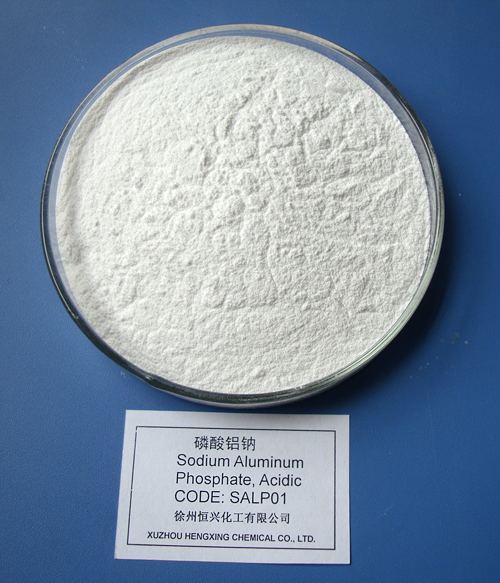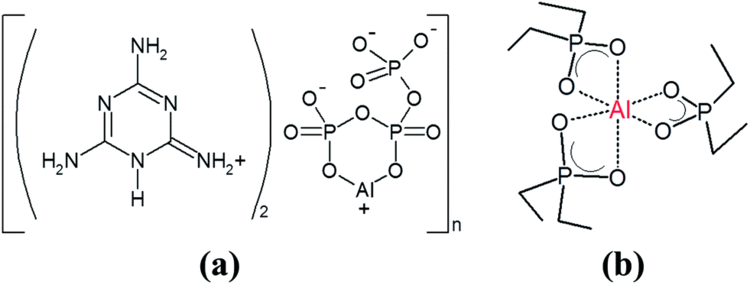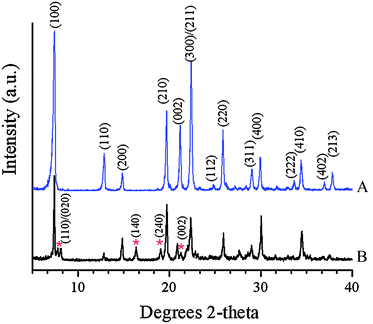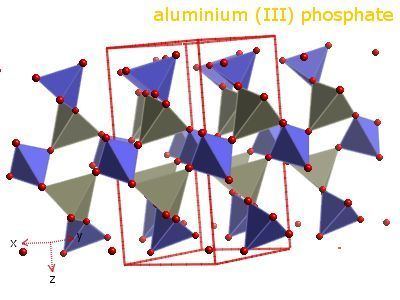Formula AlPO4 Melting point 1,800 °C Appearance White, crystalline powder | Molar mass 121.9529 g/mol Density 2.57 g/cm³ | |
 | ||
Aluminium phosphate
Aluminium phosphate (AlPO4) is a chemical compound. The anhydrous form is found in nature as the mineral berlinite. Many synthetic forms of anhydrous aluminium phosphate are known. They have framework structures similar to zeolites and some are used as catalysts or molecular sieves. The dihydrate, AlPO4·2H2O is found as the minerals variscite and meta-variscite. A synthetic hydrated form, AlPO4·1.5H2O is also known. Commercially, an aluminium phosphate gel is available.
Contents
- Aluminium phosphate
- Aluminium phosphate berlinite
- Aluminium phosphate dihydrate variscite and meta variscite
- Aluminophosphate molecular sieves
- Uses of aluminium phosphate gel
- Naturally occurring aluminium phosphate
- References

Aluminium phosphate (berlinite)

AlPO4 is isoelectronic with Si2O4, silicon dioxide. Berlinite looks like quartz and has a structure that is similar to quartz with silicon replaced by Al and P. The AlO4 and PO4 tetrahedra alternate. Like quartz, AlPO4 exhibits chirality and piezoelectric properties. Crystalline AlPO4 (berlinite) when heated, converts to tridymite and cristobalite forms, and this mirrors the behaviour of silicon dioxide.
Aluminium phosphate dihydrate (variscite and meta-variscite)

The structure can be regarded as an assembly of phosphate anions, aluminium cations and water. The aluminium cations are six-coordinate.
Aluminophosphate molecular sieves

There are many of aluminium phosphate molecular sieves, generically known as "ALPOs". The first ones were reported in 1982. They all share the same chemical composition of AlPO4 and have framework structures with microporous cavities. The frameworks are made up of alternating AlO4 and PO4 tetrahedra. The denser cavity-less crystalline AlPO4 mineral, berlinite, shares the same alternating AlO4 and PO4 tetrahedra. The aluminophosphate framework structures vary one from another in the orientation of the AlO4 tetrahedra and PO4 tetrahedra to form different-sized cavities, and in this respect they are similar to the aluminosilicate zeolites, which differ in having electrically charged frameworks. A typical preparation of an aluminophosphate involves the hydrothermal reaction of phosphoric acid and aluminium in the form of hydroxide, an aluminium salt such as aluminium nitrate salt or alkoxide under controlled pH in the presence of organic amines. These organic molecules act as templates (now termed structure directing agents, SDAs) to direct the growth of the porous framework.
Uses of aluminium phosphate gel

In medicine an aluminium phosphate sol is used as adsorbent for toxoid and in the dried form, which contains hydrated AlPO4, as an antacid. Industrially the Al-PO4-H2O system is used as the basis of many adhesives, binders and cements.
Naturally occurring aluminium phosphate
Although it is unstable to heat, in geologically stable regions like Australia and Southern Africa, aluminium phosphate is generally the most common form of phosphorus in soils, as it forms when phosphate in rainwater reacts with dissolved aluminium in the soil. Although it is not as insoluble as many other components of soils in those regions, aluminium phosphate can form exceedingly insoluble double salts known as taranakites with many essential elements for plant growth that are normally highly soluble in water, such as potassium and nitrogen.
In coastal areas of South Africa and Namibia, the combination of exceedingly old soils and a high input of phosphate from very fertile oceans due to the Benguela Current causes aluminium phosphate to accumulate to form a concentrated mineral known as aluminium phosphate rock. Only in recent years has there been any interest in the mining of these considerable deposits as a source of phosphorus for agriculture, but there could be considerable economic value if low-cost treatment becomes possible.
